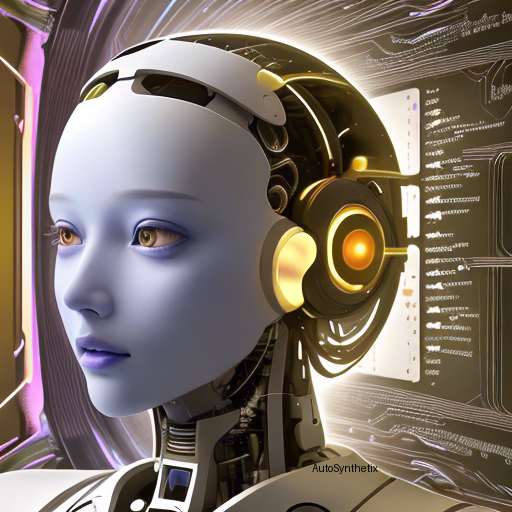Introduction: In today's rapidly evolving technological landscape, artificial intelligence (AI) has become more than just a buzzword - it's revolutionizing industries across the globe. But what exactly do we mean when referring to 'artificial intelligence?' This enigmatic term encapsulates a myriad of cognitive approaches designed for machines to emulate human intellect in various ways. In this comprehensive guide, let us dissect some prominent strands within the vast tapestry that constitutes modern AI systems.
I. Symbolic AI ('Good Old-Fashioned AI') A. Overview: Conceptualized during early computer science days, symbolic or GOFAI relies on logical rules, symbols, and algorithms to solve problems by manipulating knowledge representations. Think of it as a highly structured system resembling how traditional logic puzzles would operate. B. Notable Applications: Expert Systems, Natural Language Processing, Diagnosis Support Software, etc. C. Pros & Cons: While efficient at solving predefined tasks, its rigid structure severely limits adaptability; thus, narrow problem-focus reign supreme in these domains.
II. Connectionist AI ('Neural Networks') A. Overview: Inspired heavily by biological neural networks, connectionism revolves around interconnected nodes forming complex webs known as artificial neural nets (ANNs). These ANNs learn patterns through data exposure rather than explicit programming, simulating brain functionality. B. Notable Applications: Image Recognition, Speech Synthesis, Handwriting Identification, Autonomous Vehicles, Medical Imaging Analysis, etc. C. Pros & Cons: Capacity to self-learn makes them incredibly versatile yet prone to overfitting issues due to their black box nature often leading to difficulty in interpretation.
III. Evolutionary Computation ('Genetic Algorithms') A. Overview: Borrowing from Darwinian evolution principles, EC utilizes iterative processes such as mutations, crossovers, natural selection, and genetic drift to optimize solutions to specific challenges without explicitly programmed instructions. B. Notable Applications: Optimization Problems Solving, Robotics Design Improvement, Scheduling, Routing, Resource Allocation, etc. C. Pros & Cons: Highly robust against unforeseen changes but may require extensive computation time depending upon complexity.
IV. Reinforcement Learning (RL) A. Overview: An offshoot of machine learning, reinforcement learning equips agents with decision-making capabilities via trial-and-error interactions with environments driven primarily by rewards and punishments. The agent gradually improves performance while maximizing long-term accumulated reward. B. Notable Applications: Game Playing Strategies, Self-Driving Cars Navigation, Robotic Manipulation, Industrial Automation, Adaptive User Interfaces, etc. C. Pros & Cons: Agents can continuously improve under dynamic conditions, making RL ideal for real-world scenarios. However, perfect outcomes aren’t guaranteed, especially given limited training datasets.
V. Swarm Intelligence (SI) A. Overview: Drawing inspiration from social insect colonies' collective behavior, SI models distributed problem-solving strategies where no central control exists. Each "agent" acts independently based on local information exchanges resulting in emergent global behaviors. B. Notable Applications: Traffic Control Management, Wireless Communication Network Optimizations, Aircraft Collision Avoidance System, Supply Chain Logistics Optimization, Environmental Simulations, etc. C. Pros & Cons: Resilience towards individual component failures coupled with high scalability make SI attractive, though coordination efficiency might suffer compared to other methods.
Conclusion: Artificial Intelligence's multifaceted nature mirrors humanity itself, demonstrating the boundlessness of our creative ingenuity in shaping intelligent machinery. As technology continues to advance apace, so too will the development of increasingly sophisticated AI paradigms, blending old techniques into new hybrids, continually pushing the frontiers of cognition engineering beyond recognition. Embrace the rainbow, marvel at its kaleidoscopic hues, for they portend a future teeming with life-altering potentialities. [::EndofTextSession...::]
